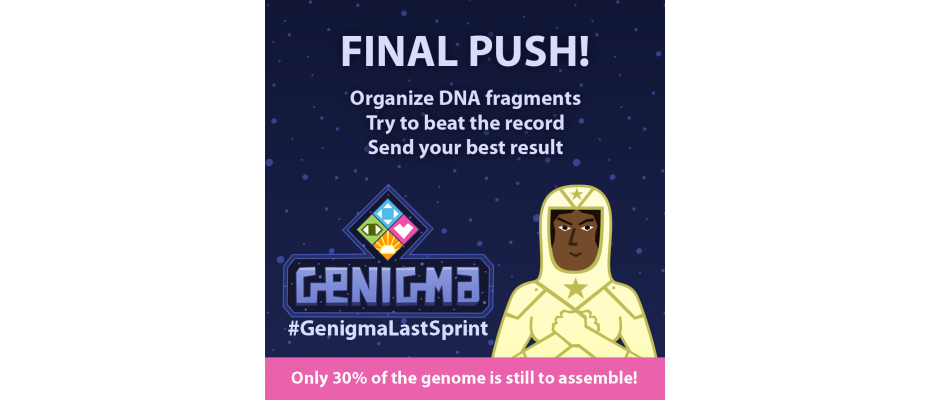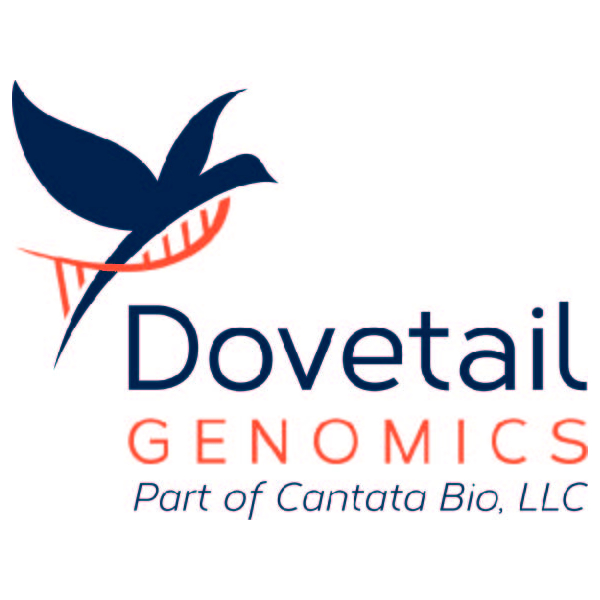
Barcelona, 26 April 2022.- GENIGMA, a videogame for iOS and Android that enlists players from around the world to solve puzzles and advance cancer research, has resulted in 5,472 puzzles solved since the game first launched three months ago on January 27.
The real-world scientific data generated by players means researchers are already 69% of the way of meeting the goal of the #GenigmaChallenge. Researchers will successfully complete the project after the remaining 1152 games left have been solved.
The solutions provided by players have revealed 138 regions of interest in the genome sequence of T47D, one of the most widely studied breast cancer cell line. The results indicate possible chromosomal rearrangements, information that can eventually lead to researchers finding the correct genomic sequence for the cell line. This resource, known as a genome reference map, would boost worldwide research efforts to study cancer and test new drugs to treat the disease.
“We are seeing that GENIGMA players are identifying a series of regions in the genome that are likely to be re-arranged in cancer cell lines compared to non-disease cells. It is now the time for researchers to carefully look at those”, explains ICREA Research Professor Marc Marti-Renom, leader of the Structural Genomics Group at the CNAG and the CRG and whose research underpins GENIGMA.
“We are astounded with the level of support players around the world have provided GENIGMA. All remaining puzzles are now available to play and we hope to solve them in the shortest possible time,” says Elisabetta Broglio, Citizen Science Facilitator at the CRG. “We owe a particular debt to the top dedicated players who are solving the most complex games. All of our players are using game strategies that will provide vital information that could eventually train an AI that accelerates research of this kind in the future.”
Significant milestones reached in three months:
- 532,992 solutions provided for 5472 different puzzles in three months
- More than 36,000 players involved from 154 different countries
- 11 chromosomes completely analysed
- 138 Eureka zones identified
- 1706 days – total time spent by GENIGMA players on app
How GENIGMA will advance cancer research efforts
Researchers study cancer by growing cells under controlled conditions in the laboratory. This critical resource, commonly known as a cancer cell line, is vital for advancing our understanding of the disease.
One of the most important aspects of cancer research is understanding changes to its genome compared to healthy cells. However, the maps researchers currently use to find changes in specific regions of the genome are all based on data from healthy individuals. This means that data generated from studying cancer cell lines doesn’t always match existing reference maps. Researchers compare this exercise to navigating cities using centuries old maps. The goal of GENIGMA is to develop a genome reference map that is specifically created for cancer cell lines.
How to play GENIGMA
To play GENIGMA, players have to solve individual puzzles involving a string of blocks of different colours. The goal of each game is to reorganise the blocks so that players obtain the highest-score possible, with blocks changing colour or the individual points assigned to them to signal how content they are in their position.
Players generate real-world scientific data because the string represents the chromosome’s filament, with the blocks representing fragments of genetic sequences anchored to the chromosome. The total score is a complex measure that has been previously calculated by GENIGMA’s research team and represents how likely it is the players have aligned the sequence in the right order.
Each player will find their own strategy. Initial games are random at first, calibrating to the style of each player. Eventually, players use colours or individual scores – clues provided by the game to guide the player’s eye – to assess the correct order of the sequence.
When 40 players surpass a record score for a particular game, the research team flag the game as a Eureka! region, meaning it is of high scientific interest. Eureka! regions signal the genome sequence players have identified could be affected by chromosomal rearrangements compared to non-cancerous genome sequences. Regions where the record score is not exceeded, if also resolved by consensus, are very likely regions with a similar order to their counterparts in healthy cells.











